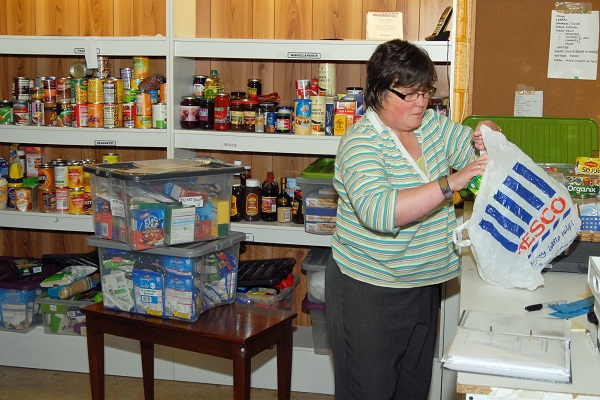 Poverty
Poverty 
Victoria Winckler sets out the key take-home messages from the Bevan Foundation’s new estimates of poverty for local areas of Wales.
Until now, anyone interested in solving poverty has had to make do with the headline figures for Wales – there’s been nothing to tell us which places have the highest rates of poverty or the largest numbers. The popular assumption is the places with the biggest problems are the south Wales valleys, while places such as Monmouthshire or the Vale of Glamorgan don’t have a problem at all. These estimates shatter those assumptions.
Poverty is a problem everywhere
Our estimates show that all parts of Wales have more than one in five people living on a low income. Nowhere is free of poverty, and the gap between the authority with the lowest rate of poverty amongst adults and the highest rate is 4.7 percentage points – not exactly huge. The idea that poverty can be ‘tackled’ by focusing on the worst affected places is fundamentally flawed. Instead, what’s needed is a commitment to solve poverty across the whole of Wales.
The highest rates of poverty are in south west Wales
Forget the south Wales valleys, the highest rates of poverty are found in a swathe across south west Wales, from Pembrokeshire across to Neath Port Talbot. There might be a slight over-estimate in parts of the region if people are out of work because of retirement rather than because they are unemployed or too sick or disabled to work. But it is still a wake-up call for decision-makers in the area.
The biggest numbers are in Cardiff
As might be expected, the places with the highest estimated number of people in poverty are in the largest local authorities, i.e. Cardiff and Rhondda Cynon Taf, whilst the lowest numbers are in Wales’ smaller local authorities. This matters, because if decision-makers want to reduce poverty they need to focus on the big numbers not just the rates. For example, eradicating poverty in Merthyr Tydfil would barely make a dent in the total, because it is a small place.
The causes and solutions vary
Our estimates also point to variations in the root causes of poverty. Being workless is still an important factor in some areas, but in others the figures suggest that poverty is associated with large numbers of families having only one earner and in some low pay seems to be a factor. This points to anti-poverty strategies needing to be tailored to local circumstances, with measures to increase earnings and cut costs being as important as ‘helping people into work’.
Many local authorities and other organisations are developing their own strategies to solve poverty, as well as contributing to new ‘regional development plans’. If nothing else, our figures show that they need to recognise that poverty exists across the whole area and that solving it through inclusive growth, affordable housing and support for families is vital.
Victoria Winckler is Director of the Bevan Foundation. State of Wales briefings are published monthly and are one of the many benefits of a Bevan Foundation subscription. Please click here to find out more.


